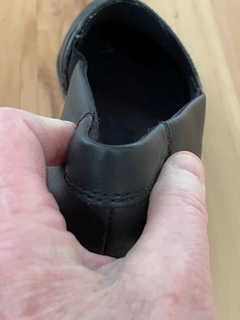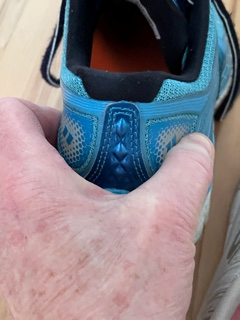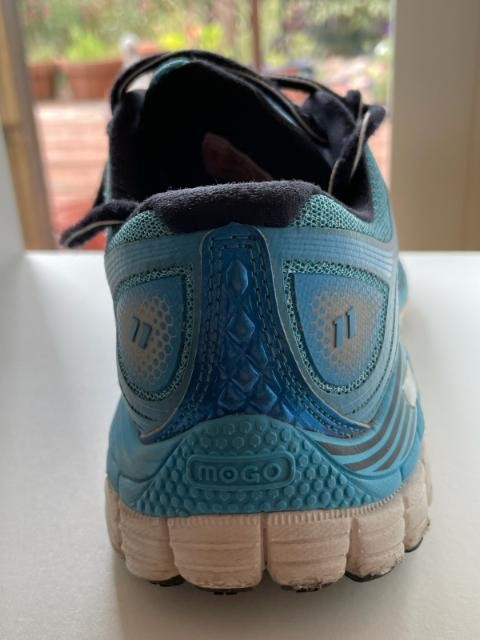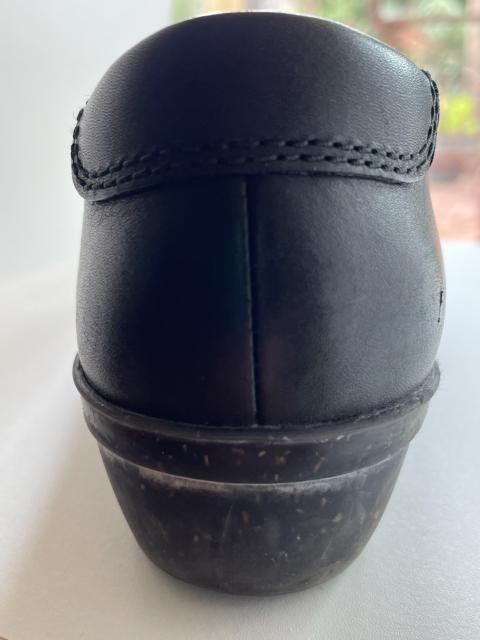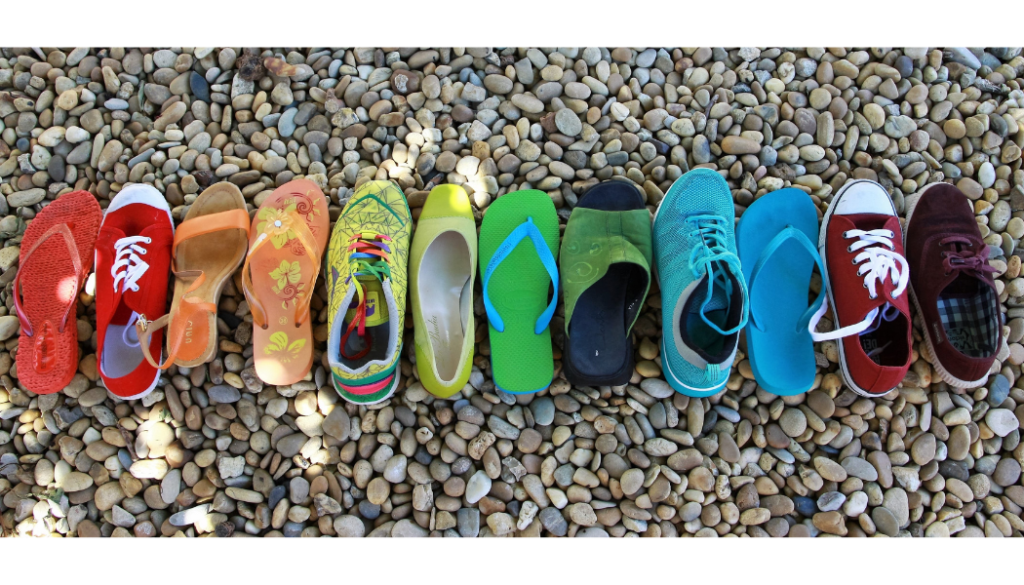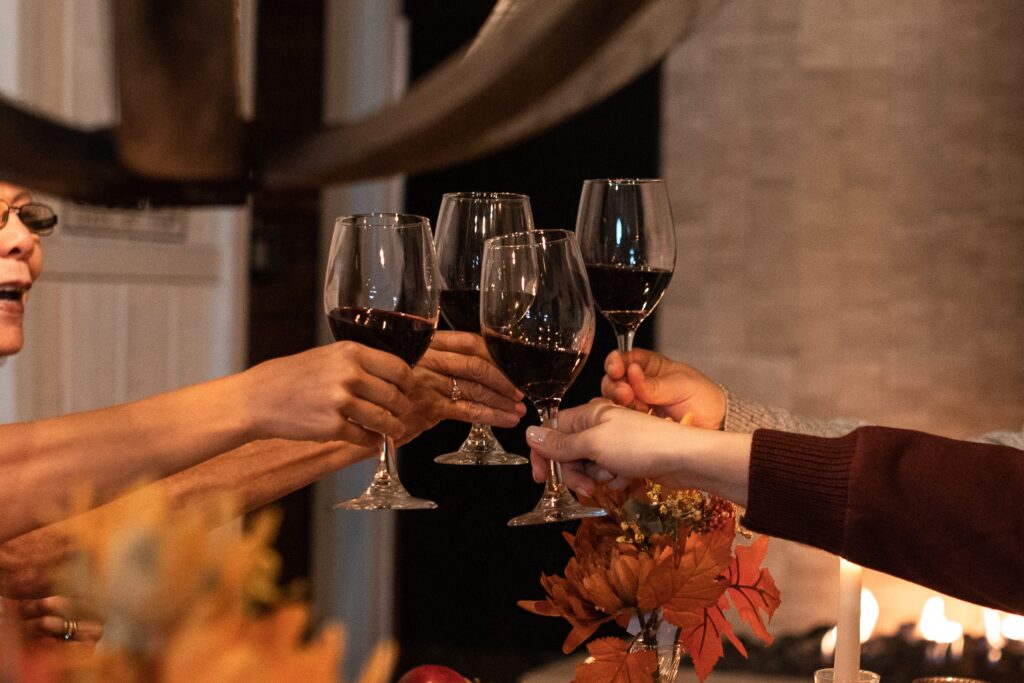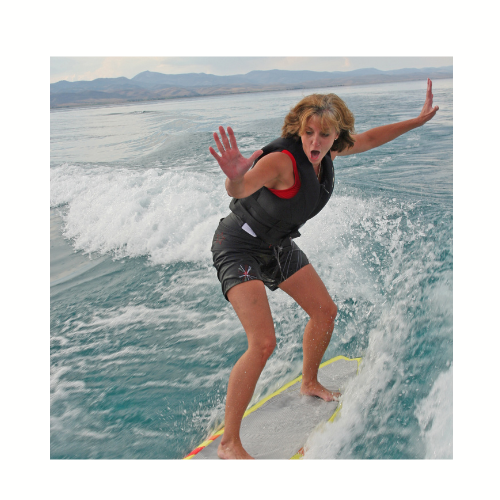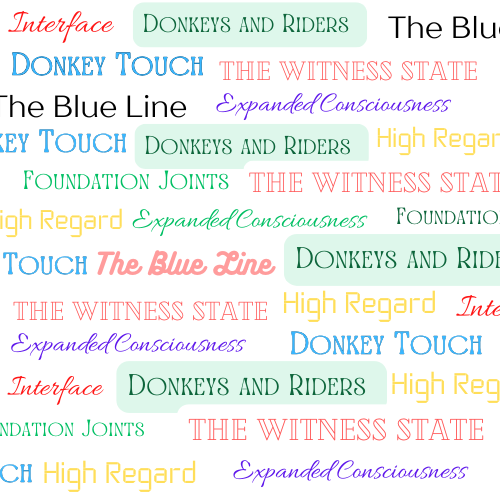
This is the final offering in “The Power of” series. We end with looking at the powerful relationship between Donkeys and Riders. While we often refer to the Donkey as our authentic self, and the Rider as our conditioning, we might not often think about the relationship between the two.
We learn about Donkeys in our very first ZB class. Donkey refers to the authentic self. It’s efficient…one word with broad and deep meaning. Our Donkey refers to our core self, that instinctive part of us that knows what we like and need, and can identify the course of action that will serve us best. I think of cats and dogs as all Donkey. Our beloved pets don’t wonder whether they deserve a treat. Their instinct tells them who is safe and who is not. They are not polite. They have no Riders.
Our Rider is who we think we should be or how we have been taught to behave. Our Riders make choices consistent with beliefs, often unconscious, that limit us. Looking at how we and our clients live out the relationship between our authenticity and our conditioning can be a fascinating and growthful exercise, and is often very healing.
How can we identify whether behavior is driven by the Donkey or the Rider? A simple example is when the client looks uncomfortable on the ZB table yet says they are fine. We know it’s their Rider talking because we can see how uncomfortable they feel. The same is true when we receive a ZB and remain silent when a colleague’s touch is out of the box, perhaps to avoid conflict or thinking we need to protect their feelings. The Rider is ascendant in the Donkey-Rider relationship and we are behaving as we believe we should.
People, including ourselves, are often unaware that they are acting from their conditioning, and that there are other ways of being. This mirrors the dynamic between the Donkey and the Rider, where the Rider holds dominance—a prevalent theme in literature and drama, and often, in our lives and the lives of our clients. The protagonist is driven by their Rider, their perceived identity, desires, and relationships. Then, a series of events or turning points triggers an awakening to their true nature, purpose, and love. Their Donkey is now making their life choices.
Where to Riders come from? The behaviors we learn to ensure our safety and survival in childhood may develop into Riders that control our choices as adults. Our Donkeys, expressive of our true selves, may be barely perceptible or entirely silenced by our Riders. While we may understand the origins of our Riders, we may not always be aware of the influence they have on our lives.
True potential for healing and self-actualization arises in changing the dynamic between the Donkey and the Rider. By empowering the Donkey to take the lead, we can connect and live through our authentic selves. It happens with every Zero Balancing session received. The conscious connection with the core of the person engenders an experience of being seen, met, and accepted, creating a safe space for the Donkey to ascend.
As we give and receive more ZBs, we witness a healing transformation in both ourselves and our clients. We observe healthier choices or the dissolution of toxic relationships. Boundaries are established effortlessly, and the ability to cope with the fallout from those affected by these boundaries is enhanced. This is the power of Donkeys and Riders.



